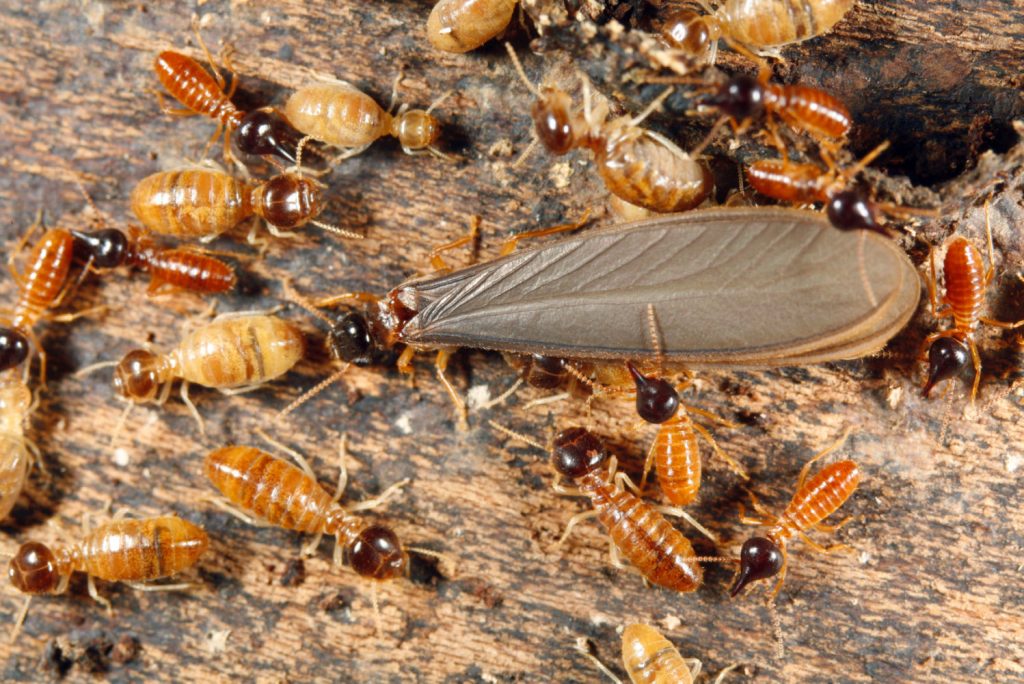Termites are an often misunderstood species of insect. Though they can cause significant damage to homes and buildings, they are also a vital part of the ecological balance. In New England, the importance of termites to the environment has been largely overlooked. This article will explore the role of termites in New England, uncovering the mystery behind their behavior and ecological importance.
Types of Termites in New England
- Eastern Subterranean Termite: The most common type of termite found in New England, this species is typically yellowish-brown in color, and feeds on both softwood and hardwood materials. They typically create colonies of several million individuals.
- Formosan Subterranean Termite: This species is an invasive type of termite, originally from Asia. It is similar to the Eastern Subterranean Termite, but is larger in size and more aggressive in feeding. It also creates large colonies of several million individuals.
- Dampwood Termite: This species is typically found in damp wood, such as logs, stumps, and dead trees. It is typically dark brown in color and can create large colonies of several hundred thousand individuals.
- Drywood Termite: This species is typically found in dry wood, such as furniture and wooden structures. It is typically light brown in color and can create large colonies of several hundred thousand individuals.
Signs of Termite Infestation
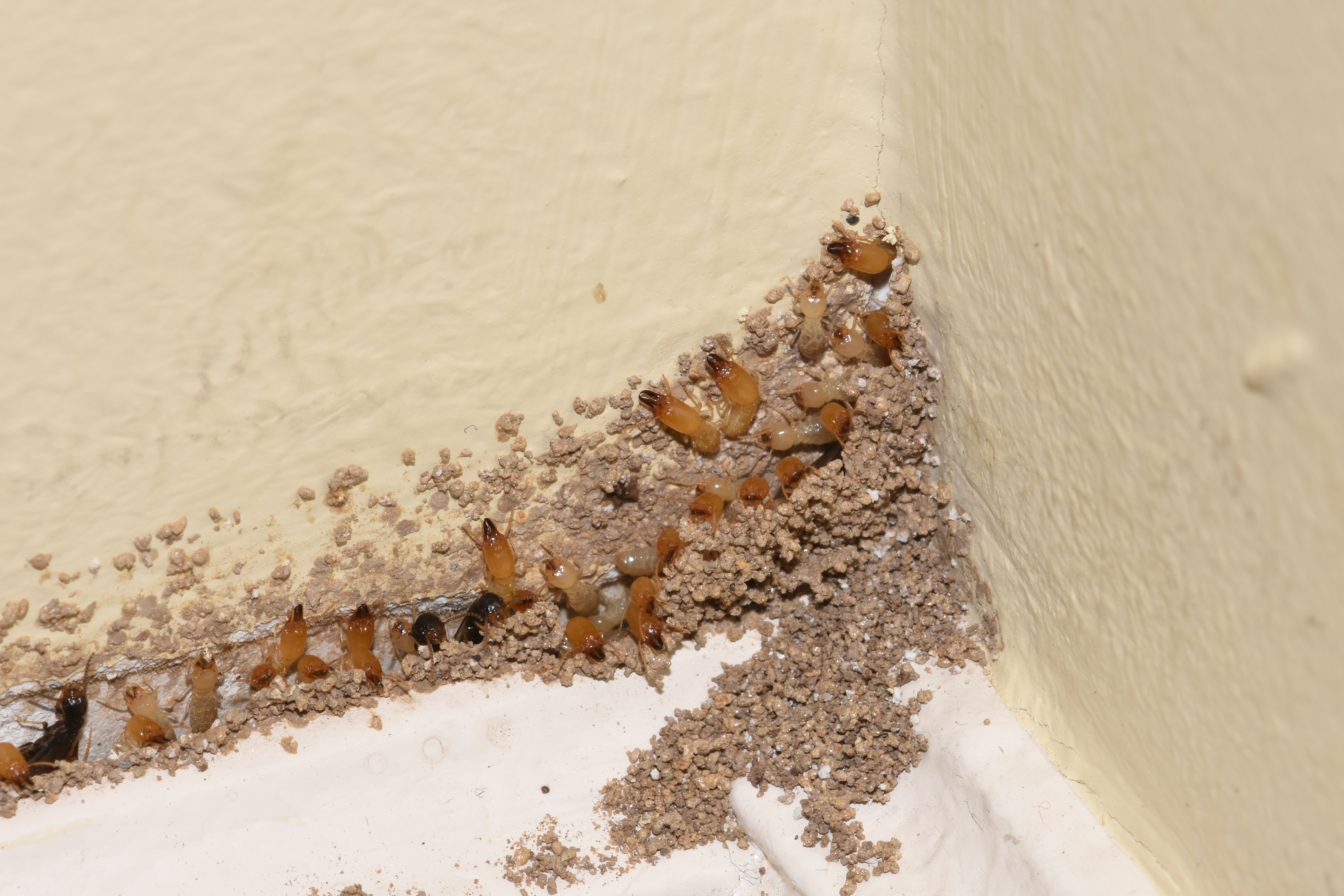
Termites are difficult to identify as they are often hidden. However, there are some tell-tale signs that a home may be infested with termites. The most common sign is the presence of discarded wings near windowsills and doors. This is because termites shed their wings after swarming. Other signs include mud tubes on the exterior of a home, hollow-sounding wood, blistering on wood surfaces, and piles of fecal pellets near wood. In some cases, termites can be seen around wood or in the soil. If any of these signs are observed, it is important to contact a professional immediately.
Prevention Strategies
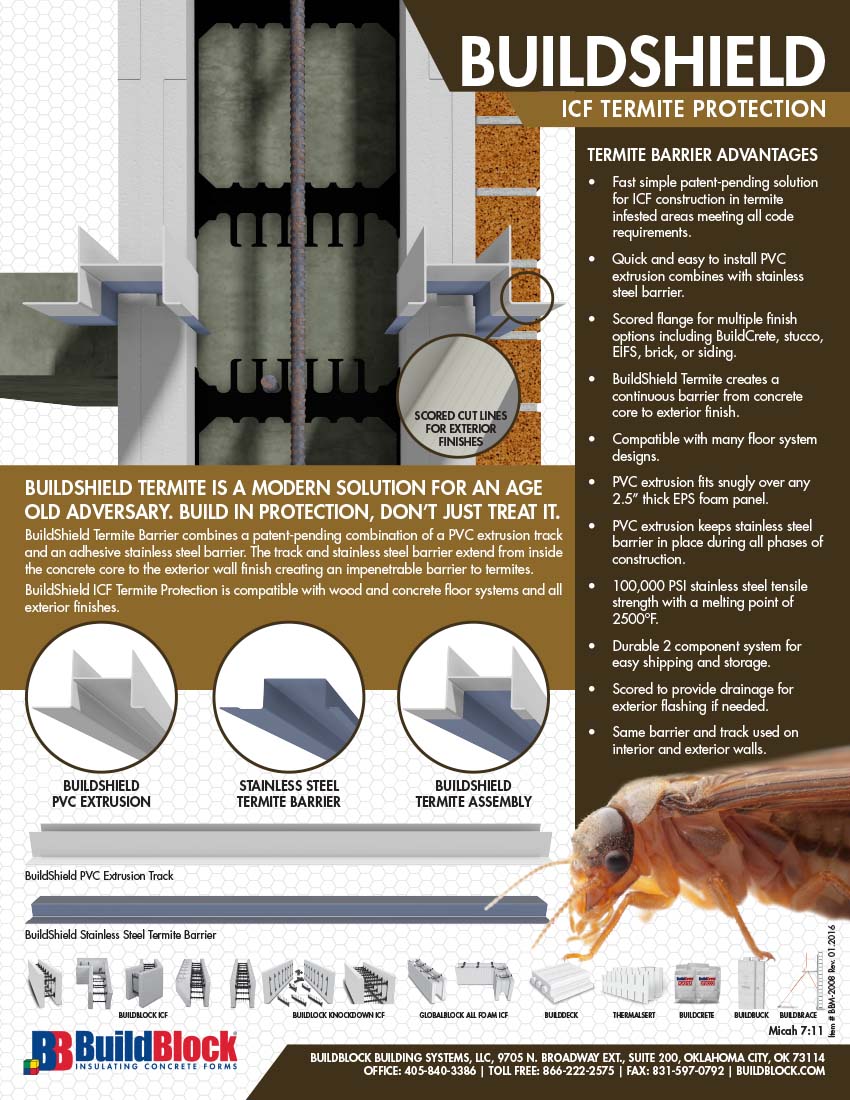
| Strategy | Description |
|---|---|
| Inspection | Schedule yearly inspections to identify and treat termite infestations. |
| Barriers | Install chemical or physical termite barriers to keep termites away from the home. |
| Eliminate Moisture | Reduce moisture around the home, such as fixing leaky plumbing and diverting water away from the foundation. |
| Wood Treatment | Treat exposed wood with borate-based insecticides to make it less attractive to termites. |
| Ventilation | Improve ventilation in crawl spaces, basements, and attics to reduce humidity. |
Treatment Options
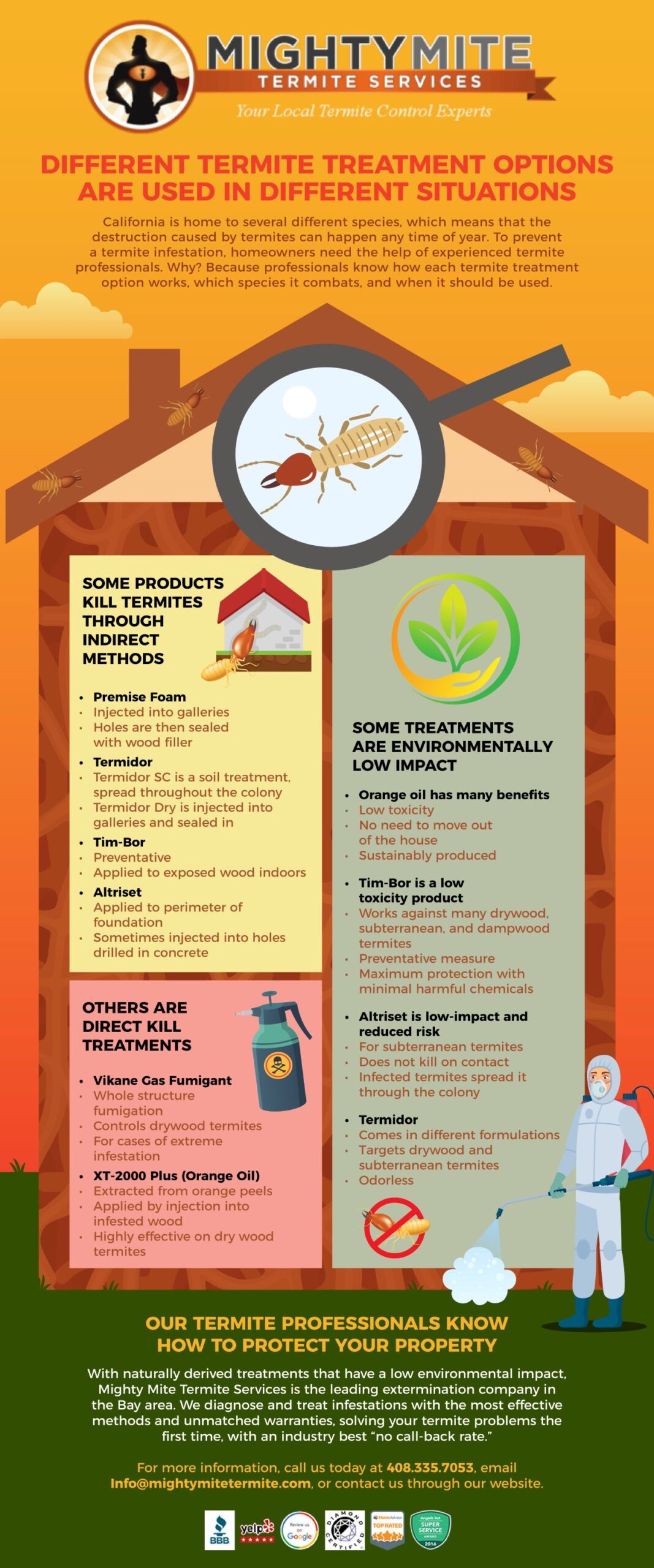
- Liquid Termiticides: liquid termiticides are injected into the soil around the home and create a chemical barrier to prevent termites from entering. This treatment is usually applied in a three-step process.
- Baiting Systems: baiting systems are designed to attract and kill termites before they reach the home. This type of treatment is most effective when used in conjunction with other preventive measures.
- Fumigation: fumigation involves the use of a gas to penetrate and kill termites. This type of treatment is most effective for large infestations and is usually performed by a professional.
Common Treatment Methods
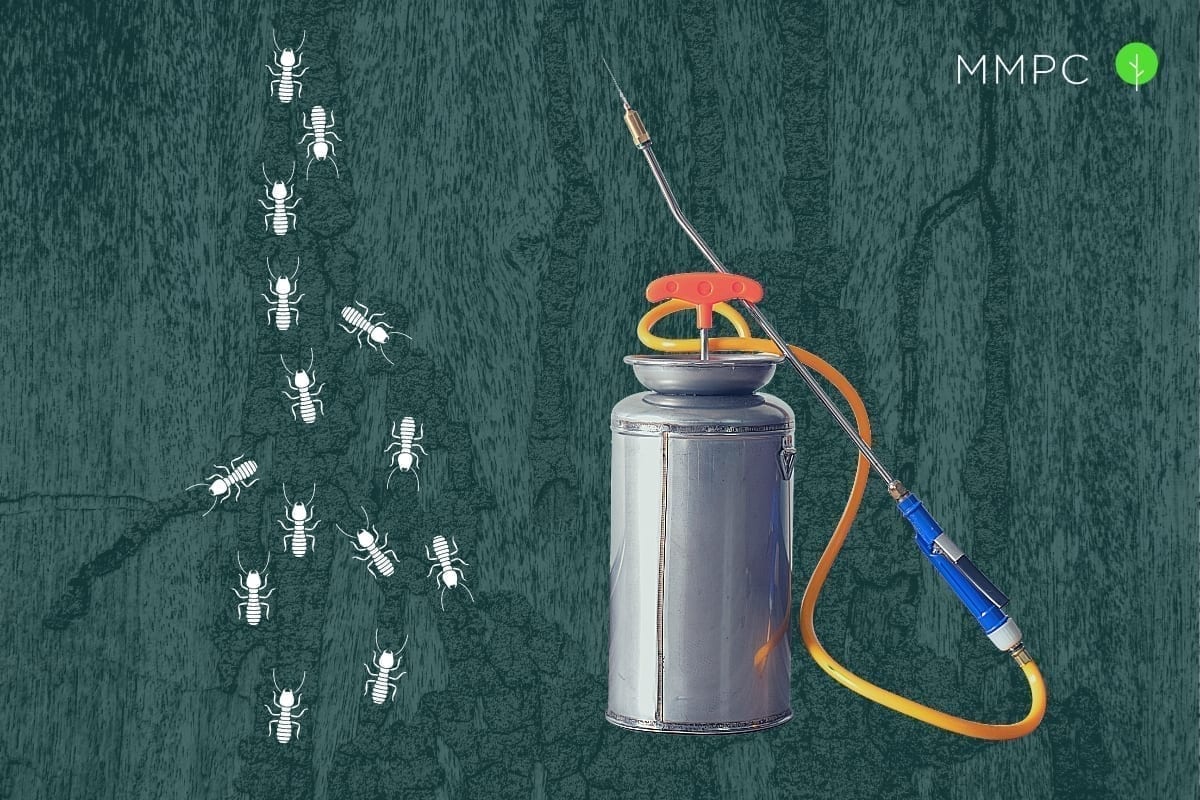
- Bait Stations: Bait stations are installed around the perimeter of the property. These stations contain a slow-acting insecticide that termites consume and spread throughout the colony.
- Liquid Treatments: Liquid treatments involve trenched soil barriers or foam mixtures that are injected into the ground. These treatments are designed to create a barrier between the home and the termites.
- Fumigation: Fumigation is a process that involves tenting a structure and pumping in a gas that is lethal to termites. It is an effective method, but it requires the structure to be vacated while the fumigation is taking place.
Professional Termite Control
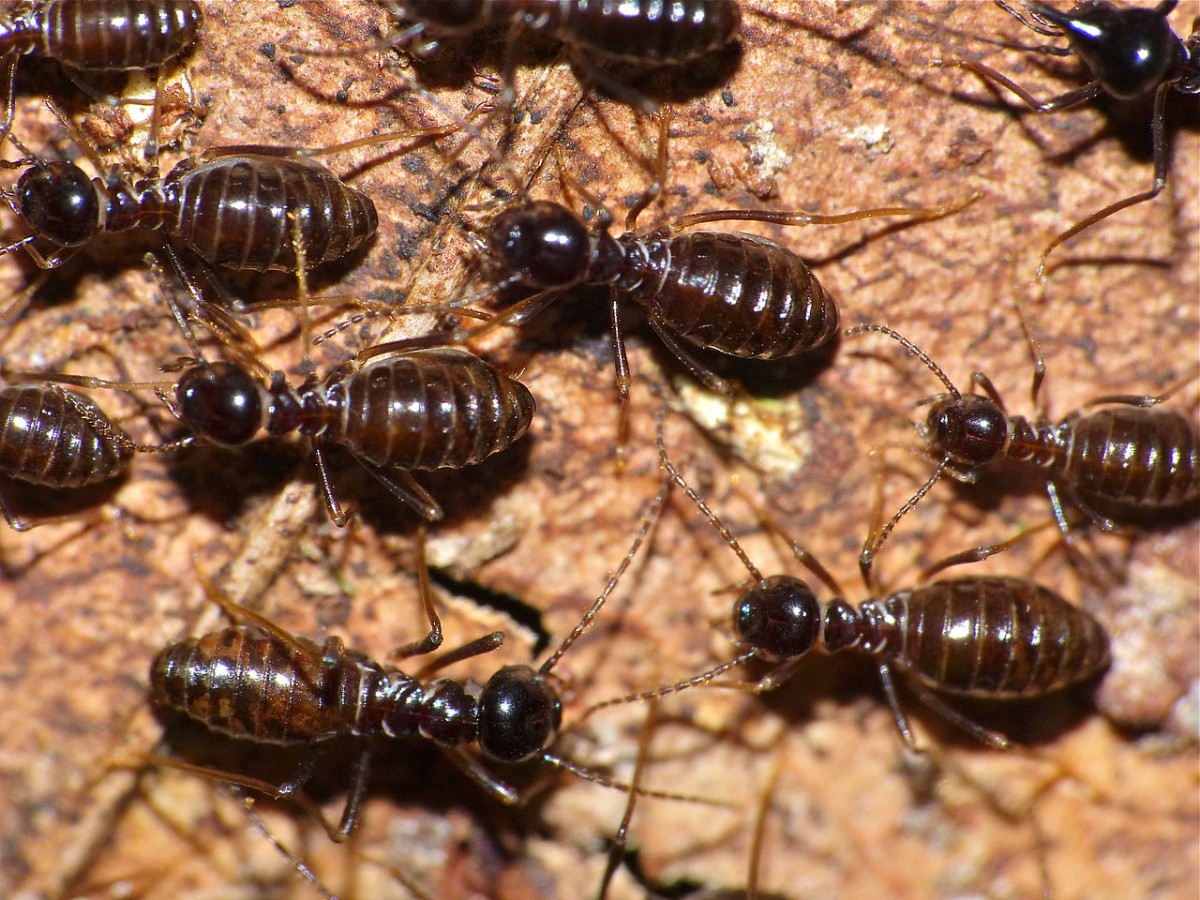
Termite control is essential in New England due to the large number of subterranean termite species that inhabit the region. Professional termite control eliminates existing infestations, prevents future infestations, and helps protect one’s home from the costly damage caused by termites. Professional termite control typically involves a combination of integrated pest management strategies such as baiting, monitoring, and chemical treatments. Baiting systems are used to eliminate the existing termite colony, while chemical treatments are used to create a barrier around the home, preventing future infestations. Professional termite control is recommended for any home in New England, as it is the most effective way to protect your home from termites.
Cost of Termite Control
- Initial inspection: $100 – $300
- Treatment plan: $500 – $1,500
- Spot treatment: $50 – $350
- Full treatment: $1,500 – $3,500
- Monthly maintenance: $100 – $200
- Replacement: $500 – $1,500
Termite control is an important step in protecting your home from the damages caused by termites. The cost of termite control can vary depending on the size of the problem and the type of treatment needed. Generally, the cost of an initial inspection ranges from $100 – $300. A treatment plan is usually between $500 – $1,500. Spot treatment, which is typically used for localized areas of infestation, can range from $50 – $350. Full treatment, which is often used for larger areas of infestation, can range from $1,500 – $3,500. Monthly maintenance treatments can range from $100 – $200. Replacing damaged wood and other materials due to termite infestation can range from $500 – $1,500.
DIY Termite Control
- Inspect your home and property for signs of termite activity such as mud tubes, dark spots, damaged wood, and wings.
- Look for areas where termites can enter your home. Seal up any cracks and crevices in your foundation and walls. Repair any damaged wood.
- Remove any wood from your property that is in contact with the soil. This includes deck posts, fence posts, wood piles, etc. If you can’t remove it, treat it with a termiticide.
- Keep your gutters and downspouts free of debris and ensure that your downspouts are draining away from your foundation.
- Make sure that any wood near your foundation is at least 6 inches off the ground. This includes wooden siding, decks, and other wooden structures.
- Replace any old or damaged window screens and seal any gaps around your windows and doors.
- Mulch around your home should be kept to a minimum and should not come into contact with your foundation.
- Ensure that all plumbing is in good condition and that there are no leaks or standing water around your home.
- Regularly inspect your home and property for signs of termite activity.
Frequently Asked Questions
What type of termites are found in New England?
Common termite species found in New England are Eastern Subterranean termites (Reticulitermes flavipes), Formosan Subterranean termites (Coptotermes formosanus), and Drywood termites (Incisitermes spp.). Eastern Subterranean termites are the most widespread and destructive species in New England. Formosan Subterranean termites are an invasive species that is becoming more common in the region. Drywood termites are found in the region, but not as commonly as the other two species.
What are the signs of termite infestation in New England?
Signs of termite infestation in New England include wood damage, mud tubes on walls, and wings left behind by swarmers. Wood damage is an indication of termites as they feed on wood, leaving behind a honeycomb-like pattern, as well as discolored or blistered wood. Mud tubes, or tunnels, on walls, foundations, or other structures are also a sign of termites, as they build mud tubes to travel from their nest to their food source. Lastly, winged termites, or swarmers, are the reproductive members of a termite colony and they typically shed their wings after mating, leaving behind wings as a sign of infestation.
How can I prevent termites from entering my home in New England?
To prevent termites from entering a home in New England, homeowners should inspect and seal any cracks or openings in the foundation of their home and around windows and doors. It is also important to keep gutters, downspouts and drainage systems clear of debris and ensure that wood siding and trim are not in contact with the ground. Additionally, keeping firewood, lumber and mulch away from the house and regularly inspecting decks and porches for signs of damage can help to keep termites away.
What are the most effective methods for removing termites from New England properties?
The best way to remove termites from New England properties is through a combination of chemical treatments, barriers, and other exclusion methods. Chemical treatments involve the use of baits and termiticides to eliminate colonies and prevent infestations. Barriers such as physical barriers, foundation treatments, and soil treatments can be used to prevent termites from entering a property. Other exclusion methods include sealing cracks and crevices, removing moist and decaying wood, and eliminating food sources for termites.
Are there any specific treatments for termites in New England?
Yes, there are specific treatments available for termites in New England such as baiting systems, liquid treatments, and foam treatments. Baiting systems involve placing bait stations around the home, which are filled with bait and monitored periodically for termite activity. Liquid treatments involve the application of an insecticide to the soil around the home to create an effective barrier against termite infestation. Foam treatments involve the injection of foam into infested wood to kill termites. Professional pest control companies are recommended for all treatments.
Conclusion
The research conducted in this article has revealed key information about the termite populations in New England. While the exact numbers are unknown, it is clear that termites are present in large numbers. Their presence can be attributed to a variety of factors including climate, soil conditions, and the availability of food sources. Additionally, it appears that the distribution of termites across New England is relatively uniform, with some areas having higher populations than others. Finally, if homeowners and property owners want to protect their property from termite infestations, they should be aware of the risk and take preventative measures, such as using appropriate pest control methods and keeping their property clean and free of food sources.

